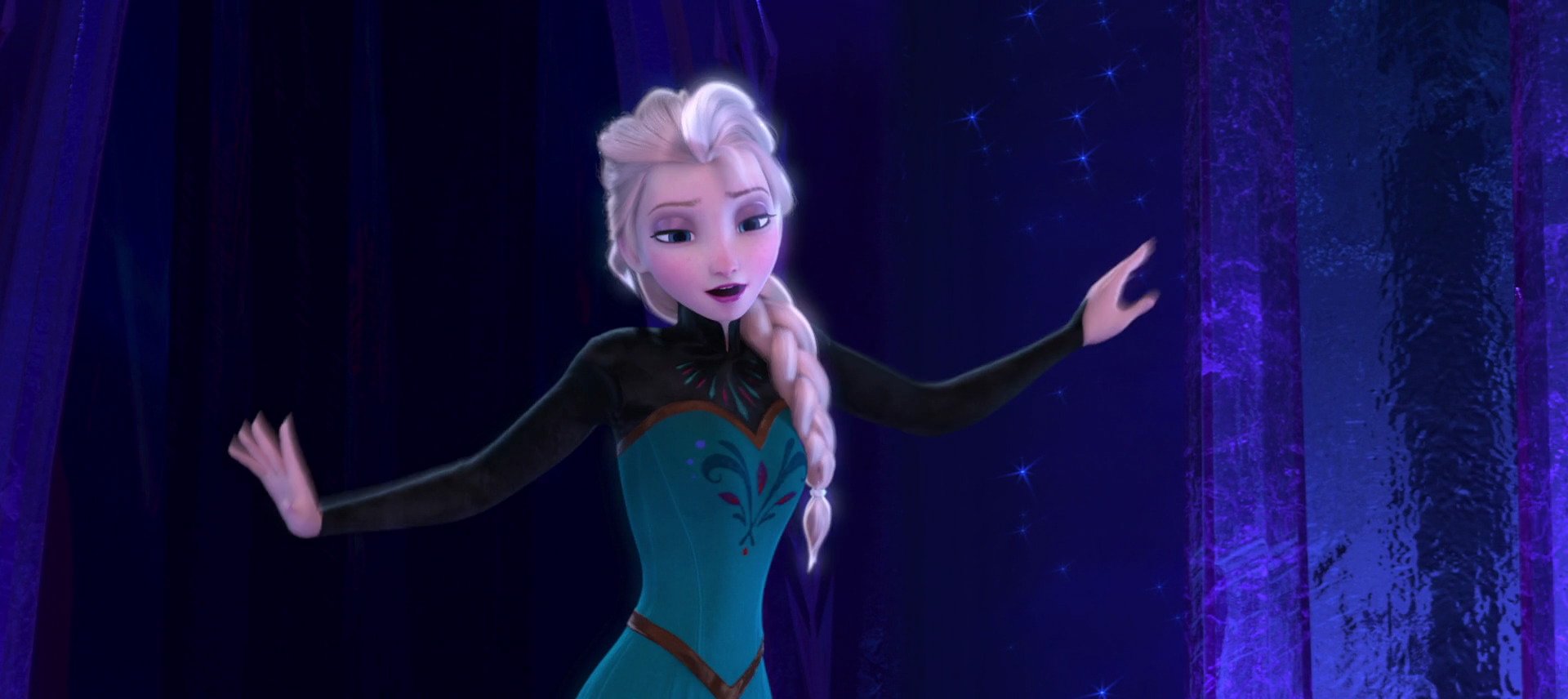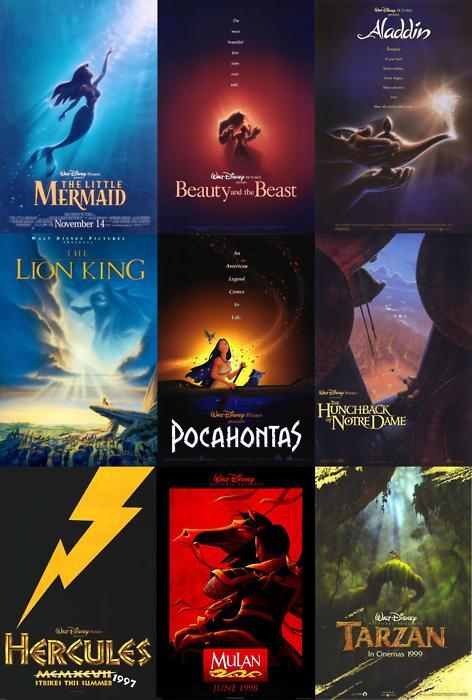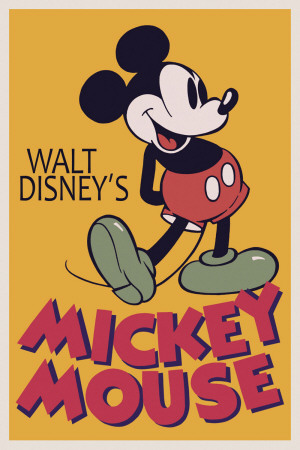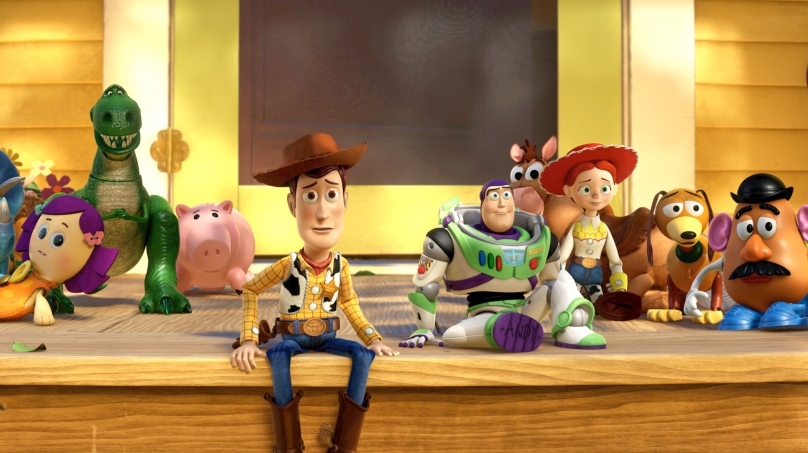This is despite the fact that's not even what inception means, in the movie or otherwise but since the movie popularised that sort of meta Russian dollness on a scale never really seen before, it's become the shorthand for it.
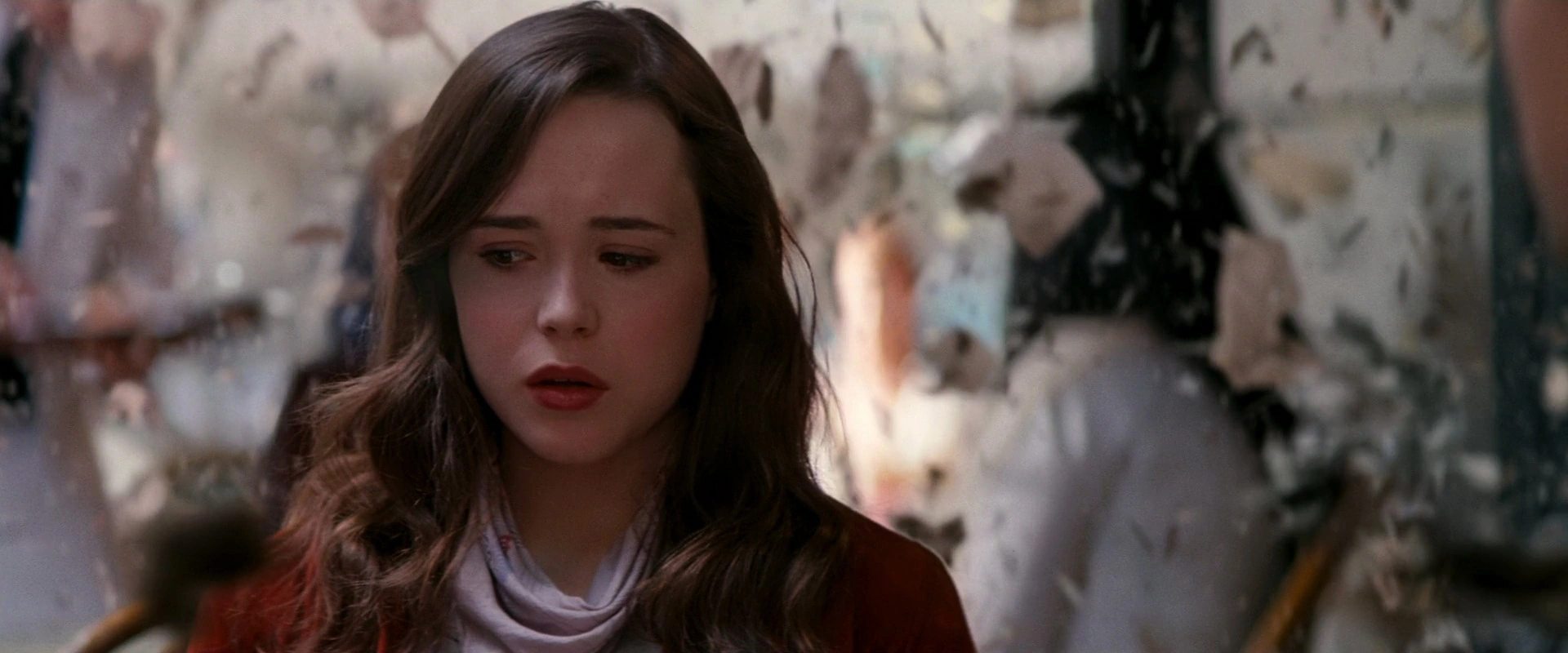 |
| "Wait, what? But inception means to plant an idea. It doesn't have anything to do with a dream within a dream within a dream. How does that even happen?" |
There's also been a lot of debate about whether or not Leonardo Dicaprio is awake at the end of the film because the internet really doesn't like an open ambiguous ending. No really, there are tonnes of theories and arguments about whether he is awake or not in the final scene of the movie. All revolving around his totem since we don't see it stop spinning.
For those who mostly remember Inception as that movie where Jack from Titanic teamed up with Juno and Mad Max to plant an idea in the Scarecrow's dreams, a totem is an object which is unique to the dreamer and is used to determine whether they are in a dream or not.
Only the dreamer knows the weight and feel of their totem and no one else can touch their totem. Now Cobb Dicaprio's totem is a spinning top that doesn't stop spinning when he spins it in a dream. However, in the final scene [Spoilers for those who don't know somehow] Cobb spins his totem but runs off to his kids before he sees if it stops spinning and the film ends without showing if the totem stopped spinning.
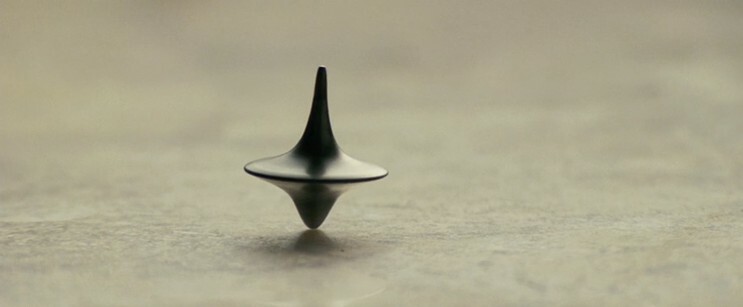 |
| The totem in question. Seen here in the unforgivable act of still spinning. |
Now some people, including director Christopher Nolan, have suggested that it doesn't matter whether he was dreaming or not since it is left ambiguous on purpose to highlight the fragility of reality. With all due respect to the director of the film, while that is a valid point and one the movie makes throughout, he goes a step further by suggesting that Cobb doesn't care if he is dreaming...
Sorry but that is ridiculous. The whole movie is about him caring whether things are real or not. If he didn't care, why doesn't he just live with his projection-wife in Limbo? I mean, his entire motivation is about getting back to his children in the real life. While it doesn't matter to the themes of the movie if it is a dream or not, it totally matters to Cobb. The crux of this argument is that based on the totem still spinning at the end but about that:
The camera cuts away just as the top starts to wobble. Which means he's awake! In the dreams, that top spins like a laser-aligned black hole. It won't stop before the universe ends or the dreamer dies, that being its exact described function. When we see it in a definite dream (you know, when he violates his wife's brain without her knowledge or consent), it spins perfectly.
 |
| The totem in question. Seen here in the unforgivable act of starting to wobble. |
So he's awake at the end. Of course, there is the argument that top isn't even Cobb's totem, it is Talia al Ghul's, so it doesn't even matter if the top spins perfectly or not. since it isn't his totem. Some have pointed out that it is his wedding ring which is his actual totem since it can only be seen on his finger when he is in a dream and isn't wearing it in the real life scenes.
Also, Joseph Exposition-Levitt explicitly states to Shadowcat that no one else can touch someone else's totem when she reaches out to touch his loaded dice totem. However, we see Sato touch Cobb's top in Limbo with no problem. So, unless that is a huge continuity error, it might possibly conceivably suggest that the top isn't Cobb's totem. Just saying.
 |
| But I guess all these debates about the ending are completely warranted. |
But maybe all the discussion about the ending of Inception is since at some point we decided that all of Christopher Nolan's movies have a mindfuck of an ending even when they don't. That's not uncommon for great works of art, they inspire multiple, often conflicting, interpretations. There is nothing wrong, and a lot good, with that.
The only thing is that there should be evidence in the work of art to support the interpretation and a number of the theories that were tossed about Inception often ignored or didn't consider elements of the film which contradicted the very theory being put forward.
What I'm trying to say is that Inception was an influential movie and the reason I bring this up five years after its release is because I think it's important to look back at influential movies after some time has passed to see how they hold up. Plus I rewatched it this week and needed something to write about for this post.
 |
| "That's both incredibly lazy and brilliant at the same time" - Ellen Page, probably. |
And in all honesty, the movie still holds up. It looks absolutely gorgeous. Like most of Nolan's films, it is visually stunning and edited superbly. The film provokes a number of interesting philosophical thoughts about the nature of reality vs dreams and creates a rather unique heist story with some twists.
The music is fantastic and encapsulating, I mean the reason we're so sick of the Bwam sound now is because every blockbuster since has copied Inception since it sounded so new then. And the build up is utterly fantastic with a truly well constructed third act.
Now I love Christopher Nolan's films. I think he is one of the great filmmakers of our times, a true visual master and intelligent storyteller. But that doesn't mean his films are without their flaws.
 |
| "What are you trying to say?" |
And Inception suffers from all the flaws that every Nolan film suffers from. Characters speak more in exposition and stating how grand or important something is than ever sounding like normal people. The emotion in the story comes from the plot or situation rather than from the characters who rarely emote or are developed enough so that we really feel anything for them.
Also, a lot of the ideas being tossed around are pseudo-academic, thinking they're more clever than they actually are. So although there is some intelligence and thought put behind those ideas, they are often presented in such a way to suggest that Nolan thinks his audience isn't that smart and wants us to tell him how clever he is.
Which is fine but I guess I wish he would have more faith in his audience and in the storytelling technique of show not tell, since Nolan is a teller. Everything is explained and detailed. We can't simply experience the visual without Ellen Page asking what that dohingy is or Third Joseph from the Sun describing what that foowhatzit is for.
 |
| He's just explained to her how she's the plot-dump. |
A complaint that some people have had about that the dreams in the film don't actually feel much like dreams normal people wold have. And I don't know if that is entirely true. While it is true that the dreams do seem rather stiff or seems to stay in a single setting far longer than most dreams I've had, they do follow dream logic where things just happen and we roll with it.
However, what struck me the most about the dreams and limbo is that they built those dreamscapes and there is such a focus on architecture. Seriously, it is nearly all buildings and designs, from the sprawling city Cobb and Mal built in limbo to the Penrose staircase Gordon-Levitt shows Juno Page.
So it makes perfect sense to me that in the interview with Nolan I linked above when he says:
The only job that was ever of interest to me other than filmmaking was architecture. And I'm very interested in the similarities between the way we experience a three-dimensional space that an architect has created and the way an audience experiences a cinematic narrative that constructs a three-dimensional reality from a two-dimensional medium.
 |
| Which explains why Cobb and Mal would spend 50 limbo years building a sprawling metropolis instead of literally anything else. |
Which also ties in nicely to the theory the film is actually about the process of film-making itself rather then dreams. Where it is all a metaphor for the cinematic dreams created for the big screen which stimulate our imaginations and can lead to genuine catharsis through the fantasy projected on a screen.
What I like about this theory is that films already operate on dream logic more often than we realise it. In the article, Devin Faraci points out the scene where Cobb is running from Sato's men stating that:
During the chase in Mombasa, Cobb tries to escape down an alleyway, and the two buildings between which he’s running begin closing in on him – a classic anxiety dream moment. When he finally pulls himself free he finds Ken Watanabe’s character waiting for him, against all logic. Except dream logic.However, running into Ken Sato makes all the sense in a film. How often do characters in films find or bump into each other purely by accident in large cities or locations with thousands or millions of people? Films, perhaps more than other forms of storytelling, rely on coincidence and dream logic for plot convenience but this often makes little sense if you actually break down what happened.
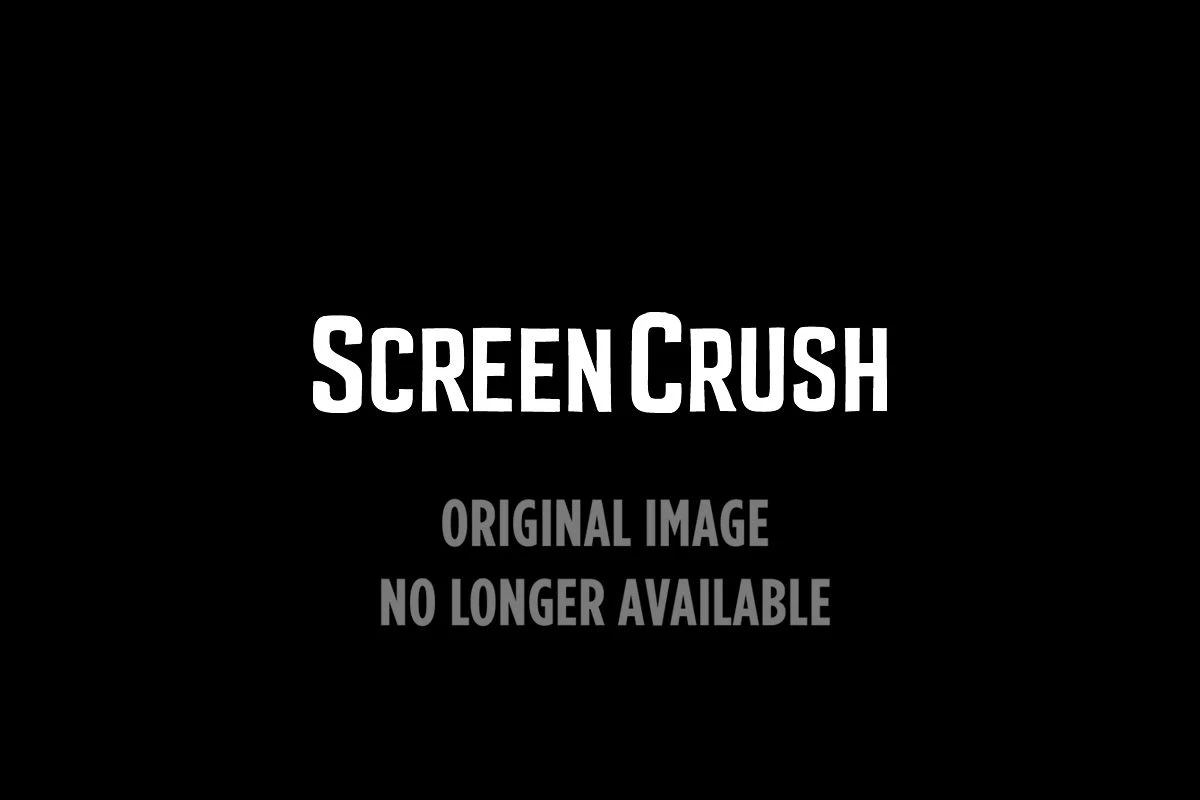 |
| "Aren't you supposed to be on the other side of the world in the vaguely Middle Eastern dungeon in the desert I left you in? How'd you even get here? Did you teleport?" |
David Wong has a great example of this type of film dream logic from Friday the 13th Part 2 where Jason Voorhees plants a decapitated head in a fridge which then spooks a girl before he kills her. It's a great scene and real shocking for the audience but how did it actually work?
Like, what are the logistics of that scene? Did Jason plant the head in the fridge and just hide, hoping the girl (well, actually her cat since that's what makes her go to the kitchen) would get hungry for a midnight snack, wait for her to open the fridge, see the head and scream before killing her?
Movies operate on logic that makes sense in the moment but once you look back and think about it, don't really make sense. Just like dream logic which is all about the immediacy of the moment but are completely nonsensical in the cold light of waking day.
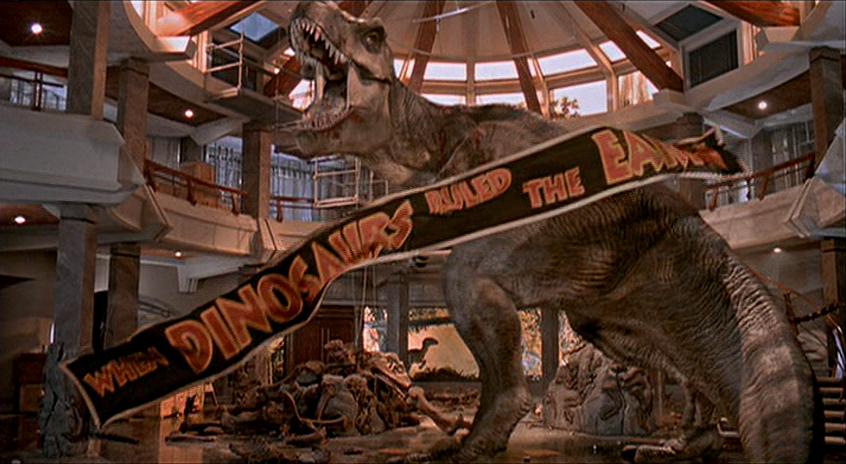 |
| It was so awesome seeing the T. Rex save the day at the end of Jurassic Park that we kinda ignored the fact she just appeared without alerting anyone despite the fact her every step before this scene caused ripples in water. |
I guess the point of that was to highlight just how expertly the dream logic of Inception mirrors not only the logic in dreams but also the logic in films. That's really meta if you think about it. Like logic within logic within logic. Logicpetion.
And on that high note, I'll conclude by saying that Inception is still a great film with all the tropes of Nolan film, good and bad. Characters talking unlike people have ever talked in real life, check. Raising thought-provoking ideas not commonly seen in mainstream films in a slightly condescending manner, check. Gorgeous visuals and stunning special effects with a beautiful Hans Zimmer score, check. The structure of the film mirroring the theme of the film, check. People over analysing the ending, check.
Essentially, it's still a dream within a dream that still worth having again and again.
References:
Inception Wikipedia page
4 Christopher Nolan Movies No Other Director Could Have Made



